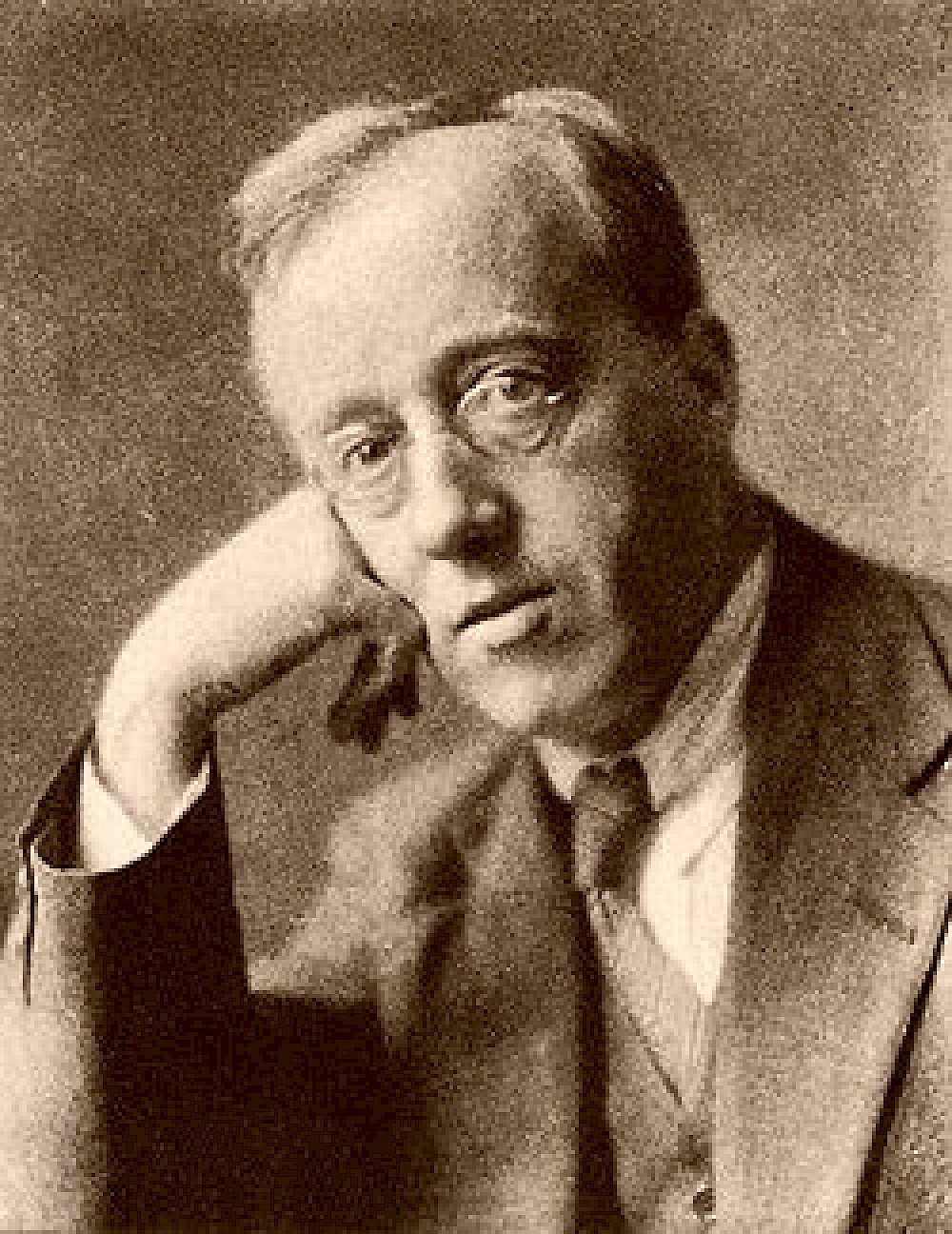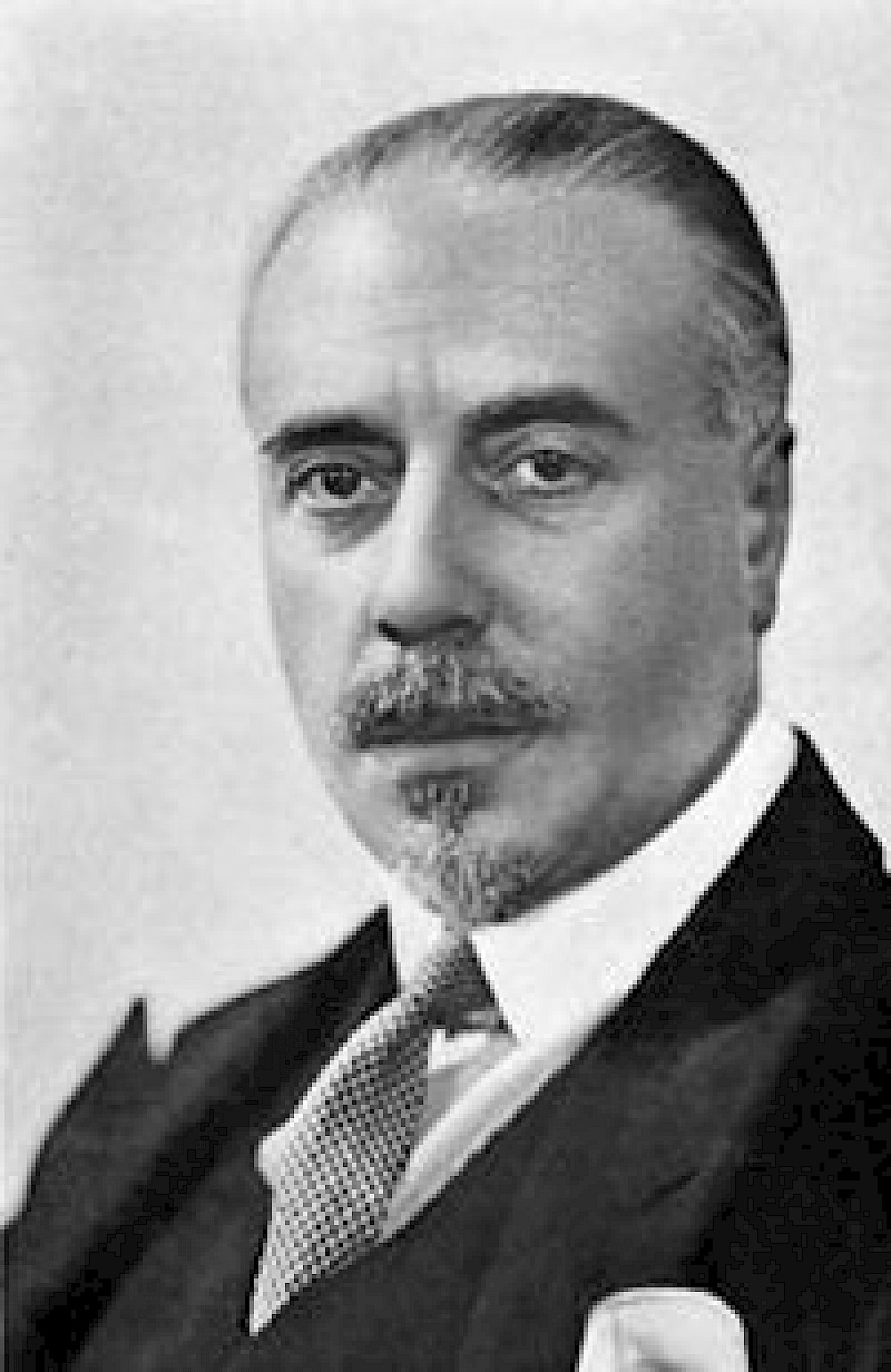

The first Leeds Festival after the First World War was in 1922.
William Blake’s Jerusalem in its setting by Parry (who had died in 1918) was first heard with Elgar’s orchestration at this Festival, as was Gustav Holst’s choral Ode to Death, a setting of Whitman’s poem When Lilacs Last in the Dooryard Bloom’d, which was written after the assassination of Abraham Lincoln. It was, of course, perceived as an appropriate item in a Festival where the audiences would have included many who had lost loved ones in the Great War. (Hindemith wrote a setting of the same poem after the Second World War as a requiem for friends who died in that conflict.)
The Festival Conductors for 1922 and 1925 were Sir Hugh Allen, Principal of the Royal College of Music, and Albert Coates. Holst contributed his First Choral Symphony to the 1925 Festival. The words for this are from various poems by John Keats. Some of them are complete (for example Ode on a Grecian Urn) and some of them are in extract form.
Sir Hugh Allen returned in 1928, along with Sir Thomas Beecham. Façade was prominent, a collection of poems by Edith Sitwell with an accompaniment by the Sitwells’ protegé William Walton, who was accustomed to compose in the Sitwell attic in Carlyle Square, London. Osbert Sitwell remembered:

Walton had once earned a living playing jazz piano, and the music for Façade is significantly jazzy. It brought him a reputation for being avant-garde. This lead indirectly to the Leeds Festival’s most famous première, Belshazzar’s Feast.